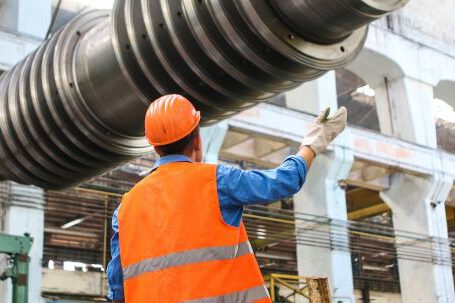Safety is a top priority on the jobsite, and hard hats are an essential element of any construction worker’s protective gear. Hard hats provide protection from falling objects and protect against electrical hazards in the workplace. To ensure that hard hats are used properly, it is important to understand the best practices for using them.
Identifying a Hard Hat
Hard hats come in a variety of colors, sizes, and styles. The most common type of hard hat is a Type 1; these are designed to protect against impacts from the top of the head, including falling objects. Type 2 hard hats are designed to protect against impacts from the sides as well as the top of the head. It is important to make sure that the hard hat you are using is designed for the type of job you are doing.
Proper Fit
A properly fitting hard hat is essential for providing adequate protection. Hard hats should fit snugly but not too tightly, with the brim of the hat resting between the eyebrows and the top of the ears. The suspension straps should be adjusted to ensure a secure fit. If the hard hat is too loose, it can slip off during work, reducing the level of protection it provides.
Maintenance
Hard hats should be inspected regularly to ensure they are in good condition. Check for any signs of damage such as cracks, dents, or loose parts. Replace the hard hat if it shows any signs of damage or wear, or if the manufacturer’s expiration date has been reached. Hard hats should also be cleaned regularly to remove any dirt or debris that may have accumulated.
Storage and Transport
Hard hats should be stored in a cool, dry place when not in use. Avoid storing hard hats in direct sunlight, which can cause the plastic to deteriorate. When transporting hard hats, use a bag or other protective container to keep them safe from damage.
Safety Practices
It is important to follow safety practices when wearing a hard hat. Never wear a hard hat if it is damaged or has been exposed to extreme temperatures. Avoid wearing a hard hat in a confined space, as this can reduce the level of protection provided. Do not wear a hard hat when working with chainsaws or other high-speed tools, as this can increase the risk of injury.
Conclusion
Hard hats are an essential part of any worker’s protective gear, but they must be used correctly in order to be effective. Understanding the best practices for using hard hats, such as proper fit and maintenance, is essential for ensuring the safety of workers on the job. With proper use, hard hats can help protect workers from serious injury in the workplace.






